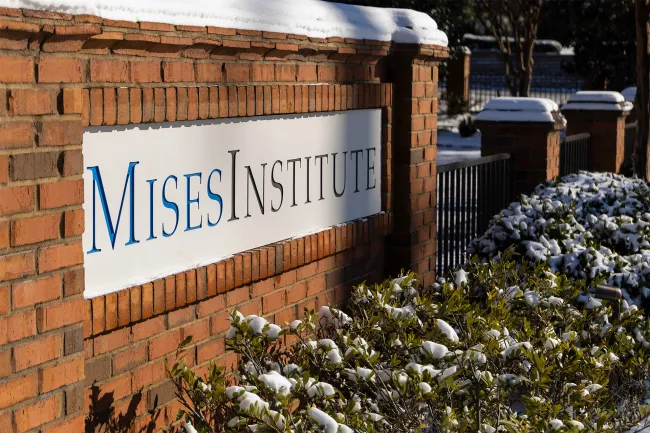

The Presidency Is the Greatest Threat to Our Freedoms

Markets Need More than Rate Cuts to Recover

The Rise of the State and the End of Private Money

The Great Tom Massie

The Portuguese Estado Novo Was Socialist

Fourteenth Amendment DEI Lawfare

Are Trade Deficits a Sign of Economic Strength?
Bob responds to flawed arguments about trade deficits.

Are Economic Crises and Crashes Inevitable?
Are economic crashes inevitable, or are they the direct result of government meddling? History shows a pattern—but politicians and central bankers refuse to take the blame.

The Rise of the State and the End of Private Money
Our current paper fiat money system comes from a long process of building up state power that destroyed private money, ended truly private banking, and abolished the market system of competing curr

The Precarious State of the American Economy
Boom, bust, repeat. The Fed fuels bubbles, and now we’re watching them pop. Mark Thornton joins Scott Horton to dissect the economy’s next moves.
Join Robert Malone, Tom Woods, and Tom DiLorenzo in Phoenix to discuss our enemy, the bureaucracy this April.
This spring, students from across the US are participating in Mises Book Clubs led by scholars at various universities and colleges. These student groups promote deep reading in Austrian economics.
Research Fellowships at the Mises Institute in Auburn, Alabama, are available to graduate students and post-docs interested in scientific research in the Austrian school and libertarian political economy.
Join us in Auburn for the Revisionist History of War Conference in May.












